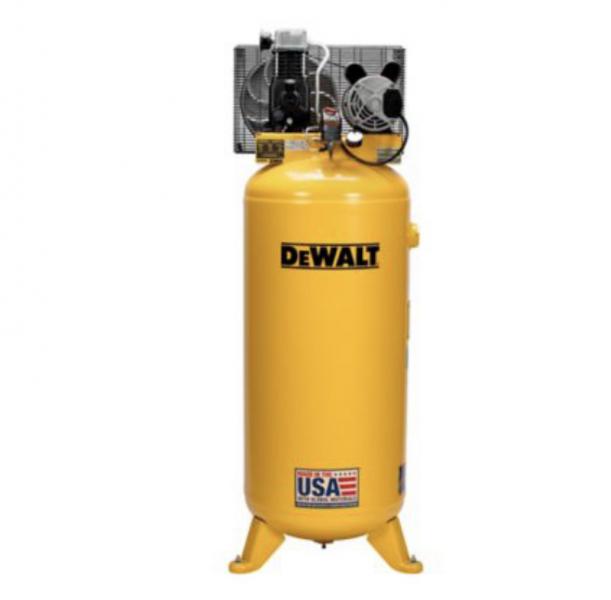Ive got a 60 gal. Air Compressor in a garage. This is also a work space for cnc machine tools. I need to make this compressor quieter. Im thinking about building a platform just below the working top end and the setting a box over the top end that will rest on the platform. Of course Iíll have to leave room on the box for ventilation.
I am looking at acoustic tiles and the box will either be a frame that I would attach the tiles to or a physical box which i would glue the tiles to the inside of the box.
I have no experience with any of this.
I dont know how much sound deadening to expect, if it will even be worth the effort.
Im hoping someone on here will have some experience with this and may have some pointers.
Heres a pic of the air compressor if that helps





 Reply With Quote
Reply With Quote

